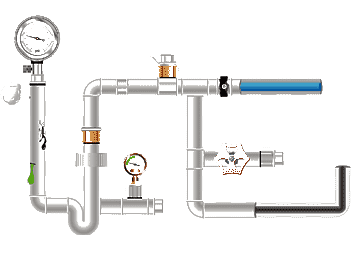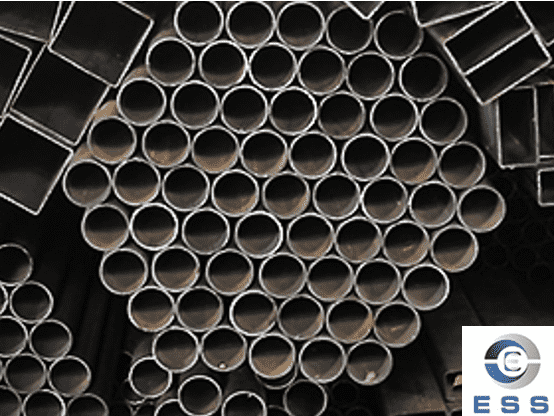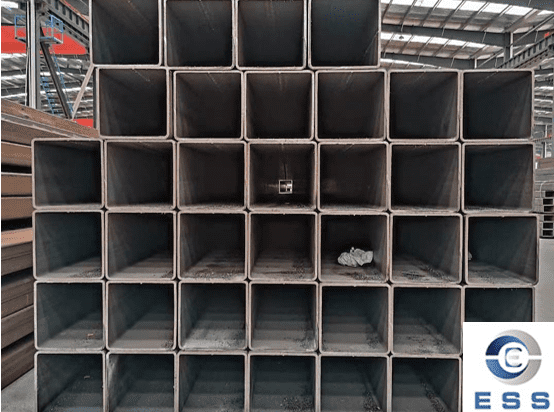RHS steel stands rectangular tubes. As an important form of structural steel
pipe, are widely used in building structures, machinery manufacturing, vehicle
industry, furniture, bridge engineering, and other fields. Their performance
and service life largely depend on the material used; therefore, understanding
the common material classifications and characteristics of rectangular tubes is
crucial for material selection in engineering projects.
Common RHS Steel Materials
Rectangular tubes, as a common type of
steel pipe, are mainly made of the following materials:
1. Carbon
Steel
2. Alloy Steel
3. Stainless Steel
4. Aluminum Alloy
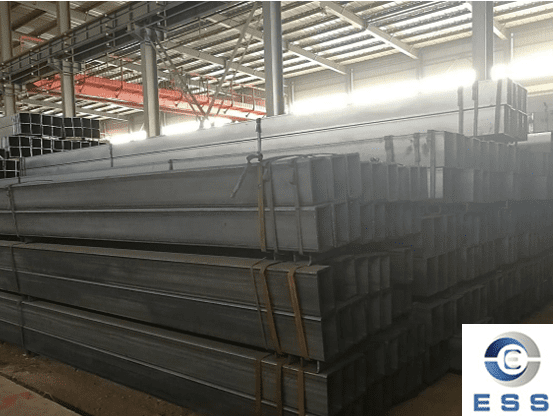
Carbon Steel Rectangular Tubes
Ordinary carbon steel is the most widely
used material for RHS steel. Its main components are iron and carbon. It has
high tensile and bending strength, and high hardness, but poor corrosion
resistance. It is inexpensive, easy to process, and suitable for most general
structures.
1. Common Models of Carbon Steel
Rectangular Tubes
Q195: Lower strength, often used in
light-load structures.
Q215: Slightly higher strength than Q195,
suitable for general structural components.
Q235: The most common carbon structural
steel, with a yield strength of 235 MPa, widely used in construction,
machinery, and other fields.
SS400: A general structural steel in
Japanese standards, similar to Q235.
20# steel, 45# steel: Medium carbon steel,
with higher strength, suitable for applications with high requirements such as
mechanical parts.
2. Advantages of Carbon Steel Rectangular
Tubes
Low price, large supply; strong weldability
and formability; suitable for most conventional load-bearing applications.
3. Disadvantages of Carbon Steel
Rectangular Tubes
Moderate corrosion resistance, requiring
painting or galvanizing protection.
4. Applications of Carbon Steel Rectangular
Tubes
Building frames, machinery supports,
vehicle frames, fences, door and window structures.
Alloy Steel Rectangular Tubes
Alloy steel rectangular tubes have added
alloying elements such as chromium, nickel, and molybdenum, resulting in
superior mechanical properties and corrosion resistance.
1. Common Models of Alloy Steel Rectangular
Tubes
Q345B: Low-alloy high-strength steel, with
superior comprehensive performance compared to Q235, commonly used in
heavy-duty structures such as bridges and ships.
16Mn: Similar in performance to Q345B,
belonging to low-alloy steel.
Q390, ST52-3: Higher-strength low-alloy
steels, used for special heavy-duty structures.
2. Advantages of Alloy Steel Rectangular
Tubes
Yield strength 30-100% higher than ordinary
carbon steel; More suitable for high load-bearing and heavy-duty structures;
Better impact toughness.
3. Disadvantages of Alloy Steel Rectangular
Tubes
Higher cost than ordinary carbon steel;
Higher welding process requirements.
4. Applications of Alloy Steel Rectangular
Tubes
Bridge engineering, construction machinery,
shipbuilding, automobile beams, hydraulic equipment.
Stainless Steel Rectangular Tubes
Stainless steel rectangular tubes are
mainly composed of iron, chromium, nickel, and other elements, possessing
excellent corrosion resistance and aesthetic appeal, making them the preferred
material for special industries.
1. Common Models of Stainless Steel
Rectangular Tubes
304 (0Cr18Ni9): Austenitic stainless steel,
highly corrosion-resistant, suitable for chemical and food industries.
316/316L: Contains molybdenum, resistant to
chloride corrosion, used in marine or highly corrosive environments.
2205 Duplex Stainless Steel: Combines
strength and corrosion resistance, used in specialized industrial equipment.
2. Advantages of Stainless Steel
Rectangular Tubes
Optimal corrosion resistance;
Clean and hygienic, smooth and
aesthetically pleasing;
Long service life (30-50 years).
3. Disadvantages of Stainless Steel
Rectangular Tubes
High price;
Difficult to form and process.
4. Applications of Stainless Steel
Rectangular Tubes
Food processing, marine environments,
petrochemical industry, medical equipment, decorative engineering.
Aluminum Alloy Rectangular Tubes
The main components of aluminum alloy
rectangular tubes are aluminum and other alloying elements. They are lighter
and stronger than other materials, but have poorer acid and alkali resistance
and corrosion resistance.
1. Common Models of Aluminum Alloy
Rectangular Tubes
6061-T6: Medium strength, good weldability,
excellent corrosion resistance, suitable for aerospace, automotive, and
sporting goods.
6063-T5: Lower strength, smooth surface,
suitable for extrusion, suitable for architectural and decorative profiles.
7075-T6: High-strength aluminum alloy,
strength close to steel, but high cost, suitable for aerospace and military
equipment.
2. Advantages of Aluminum Alloy Rectangular
Tubes
Lightweight (suitable for lightweight
applications);
Good corrosion resistance; High formability.
3. Disadvantages of Aluminum Alloy
Rectangular Tubes
Poor high-temperature performance;
Lower
strength than carbon steel and alloy steel;
High price.
4. Applications of Aluminum Alloy
Rectangular Tubes
Aerospace, automotive, light industrial
equipment, sporting goods, architectural decoration.
Comparison of RHS Steel Material
Properties
|
Material Type
|
Yield Strength (MPa)
|
Tensile Strength (MPa)
|
Corrosion Resistance Grade
|
Density (g/cm³)
|
Weldability
|
|
Ordinary Carbon Steel(Q195)
|
195
|
315–430
|
2
|
7.85
|
10
|
|
Ordinary Carbon Steel(Q235 / SS400)
|
235
|
375–500
|
3
|
7.85
|
9
|
|
Medium Carbon Steel(45#)
|
355
|
600–750
|
3
|
7.85
|
5
|
|
Low Alloy High Strength Steel(Q345B)
|
345
|
470–660
|
4
|
7.85
|
8
|
|
High Strength Steel(Q390–Q460)
|
390–460
|
550–780
|
4
|
7.85
|
7
|
|
ST52-3(DIN)
|
≥355
|
490–630
|
4
|
7.85
|
8
|
|
Stainless Steel 201
|
275
|
520–750
|
5
|
7.93
|
7
|
|
Stainless Steel 304
|
210
|
520–720
|
8
|
7.93
|
9
|
|
Stainless Steel 316 / 316L
|
170–300
|
530–750
|
10
|
7.99
|
9
|
|
Duplex Steel 2205
|
450
|
620–880
|
9
|
7.80
|
7
|
|
Aluminum Alloy 6061-T6
|
240–275
|
290–310
|
6
|
2.70
|
8
|
|
Aluminum Alloy 6063-T5
|
160–180
|
205–240
|
6
|
2.70
|
8
|
|
High-Strength Aluminum Alloy 7075-T6
|
480–540
|
520–600
|
5
|
2.81
|
6
|
Note:
Corrosion resistance rating (1–10): Higher numbers indicate better corrosion resistance; 316 = best
rating (10).
Weldability (1–10):
Higher numbers indicate easier welding; carbon steel is best.
FAQ
1. How to choose the material for RHS steels?
By environment: Indoor = carbon steel;
Outdoor = Q345; Marine = 316; Chemical = 2205.
By strength: Choose materials with higher
strength for greater stress.
By budget: Cost from low to high is: Q345 → 304 → 316/2205.
2. What is the most commonly used material
for RHS steels?
The most commonly used is Q235 carbon steel
rectangular tube, which has a high cost-performance ratio, good weldability,
and is suitable for most building and structural applications.
RHS (rectangular steel) is generally
stronger because it has a higher moment of inertia when bent in one direction.
SHS (square tube) is more balanced and more stable when subjected to forces in
multiple directions (such as columns).
Read more: What
Does RHS Steel Mean?









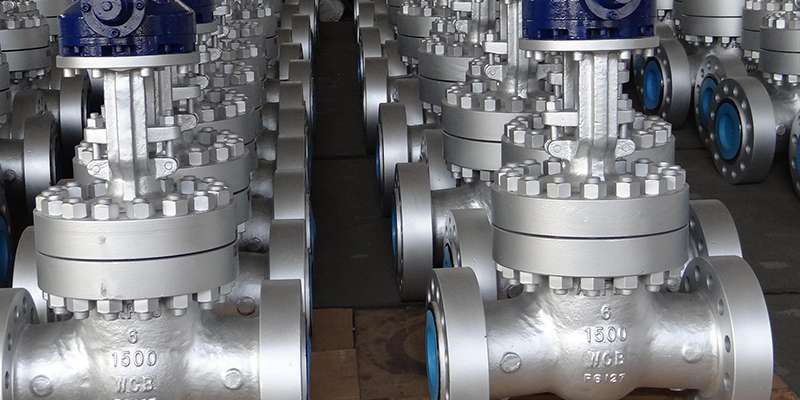



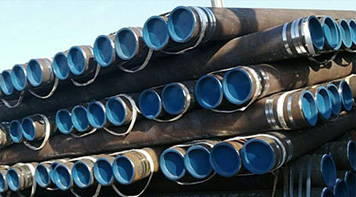 Eastern Steel Manufacturing Co.,Ltd not only improve product production and sales services, but also provide additional value-added services. As long as you need, we can complete your specific needs together.
Eastern Steel Manufacturing Co.,Ltd not only improve product production and sales services, but also provide additional value-added services. As long as you need, we can complete your specific needs together.
